Seven Things To Love About Kyoto: Japan’s Ancient Cultural Capital
James Lau
Posted on September 05, 2022
Share:
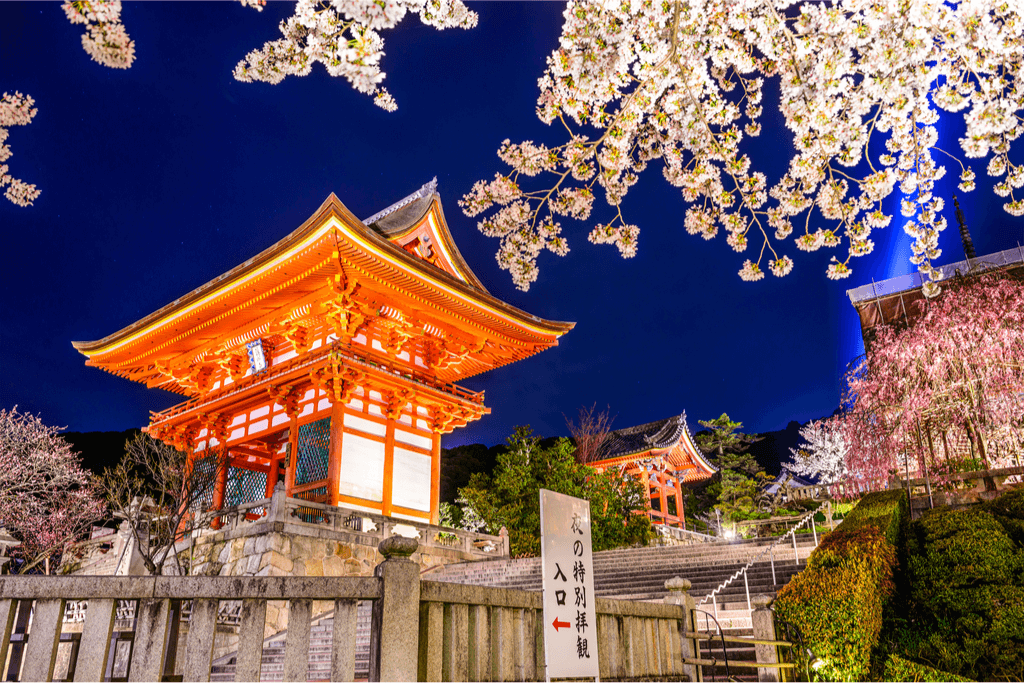
The former capital of Japan, Kyoto, has retained its beautiful cultural heritage and customs. Each year, thousands of tourists flock to this seemingly frozen city to enjoy ancient Japanese traditions, and delicious meals and experience one-of-a-kind moments that can only be had in Kyoto.
There’s no denying that when most people think of the most beautiful city in Japan, Kyoto is the first that comes to mind. It is a city rich in culture, abundant in cuisine, and populated with traditionally built buildings and magnificent temples. Moreover, it’s recommended for any first-time Japan traveler and is always worth visiting. Let’s explore some of Kyoto’s charms together.
Geisha: Artistic, talented and elegant
Icons of traditional Japanese entertainment, Kyoto is one of the few places in Japan where one can enjoy a geisha’s hospitality. The word “geisha” means “entertainment” and “person,” and there is no better word when it comes to hospitality in Japan.
Generally, most geisha start training for their profession from a young age. During this time, they learn different fine arts, including dancing and playing traditional instruments like shamisen or the koto and Japanese tea ceremony. They also learn calligraphy, flower arrangement, and conversing with a customer.
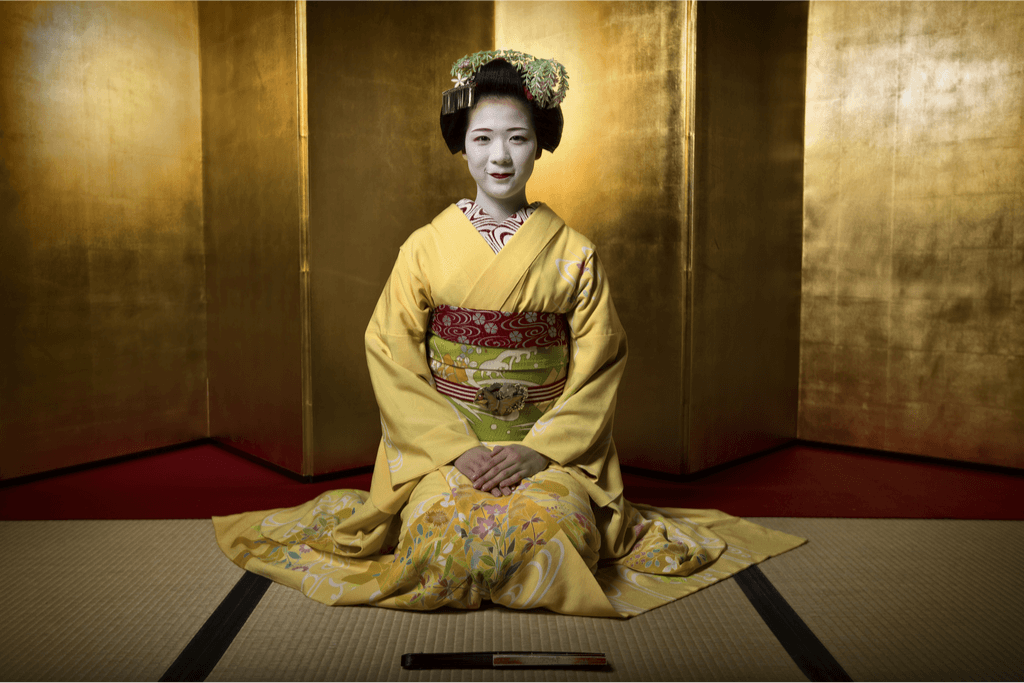
By the time they graduate from their apprenticeship and officially become a full-fledged geisha, they have already trained for years to stand in front of the customer. As a result, the geisha has become integral to Kyoto’s allure, and it’s not hard to see why.
Kabuki: Intense, dramatic and theatrical
Kabuki comes from three kanji (ka meaning “sing,” bu meaning “dance”, and ki meaning “skill”) that, when put together, translates to “the Art of Song and Dance.” However, kabuki is much more than those two elements. Like Western musicals, kabuki also incorporates costumes, lighting, and other production elements to make an unforgettable experience.
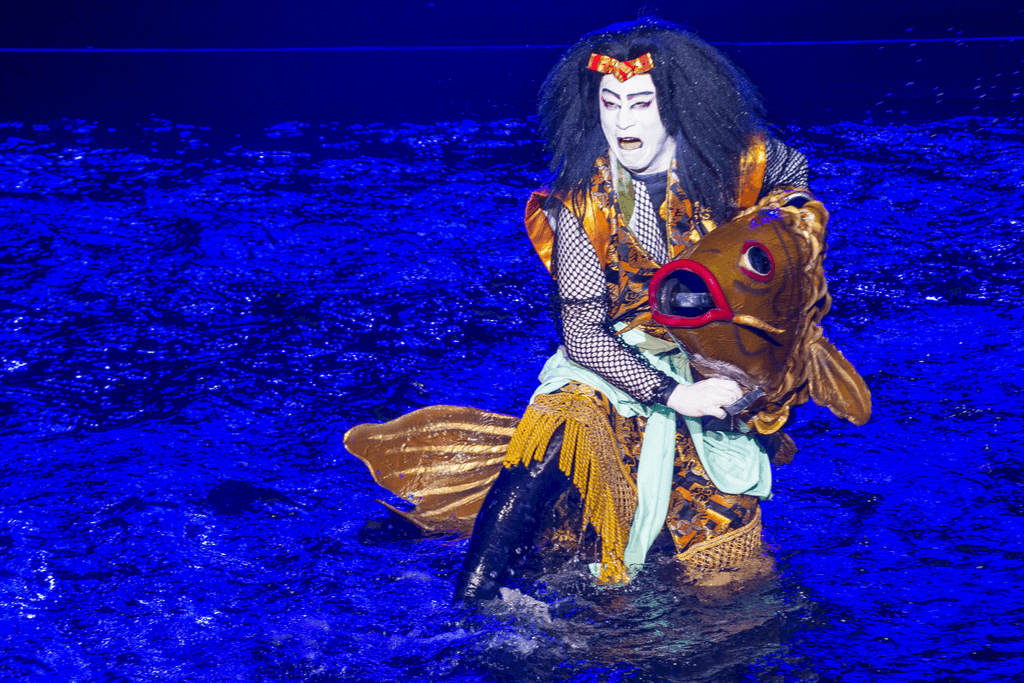
Kabuki plays come in three categories: jidaimono, sewamono, and shosagoto, or historical, contemporary, and dance. But generally speaking, kabuki is all about the experience and emphasizes impressing the audience with audacious sensory displays that will amaze them.
Interested in experiencing even more traditional Japanese culture through the enjoyment of snacks, especially from Kyoto? Sakuraco sends traditional Japanese sweets & snacks from across Japan to your door.
Gion Festival: Lively, festive and glowing
A festival that originated in the aftermath of the major Jogan earthquake, Emperor Seiwa ordered his followers to conduct a Shinto ritual to appease the angry spirits and console the souls of the dead. The ritual was a goryo-e and was a success, so much so that Emperor Seiwa declared it an annual celebration.
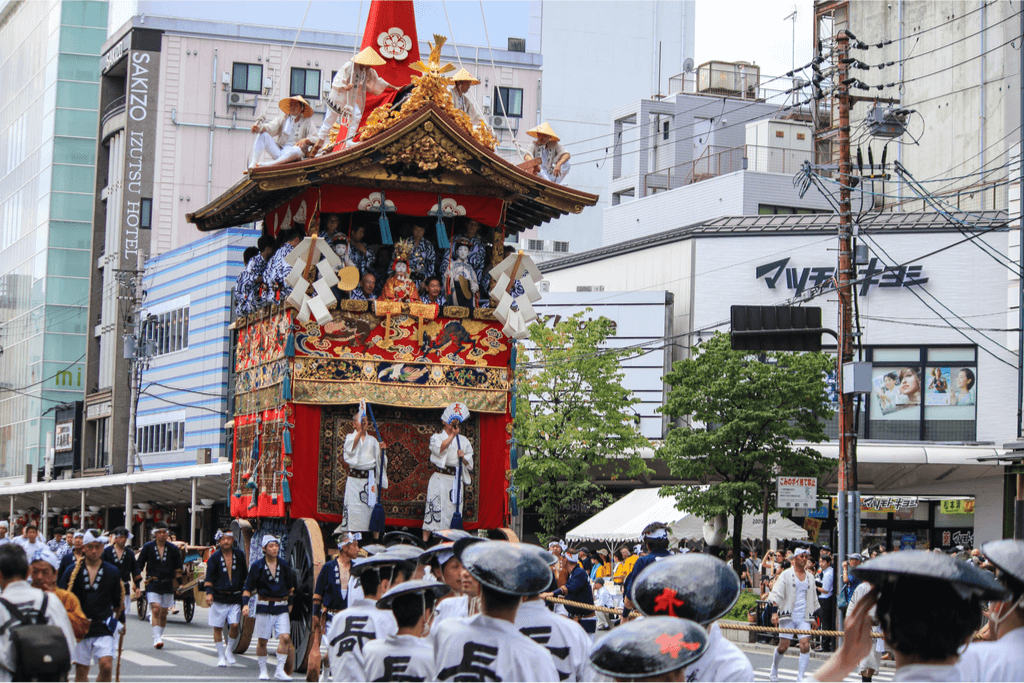
Gradually, the tradition morphed over time as artists and the merchant class began to sponsor the event, and the ritual became a celebration. Today, the Gion Festival is one of the most popular events in Kyoto. Massive wooden boats are painstakingly created and decorated while festival goers indulge in the celebration.
Nagashi Somen: Delicious, flowing and fun
In the heat of the summer, there’s nothing quite like cold noodles to cool you down. Nagashi somen is a unique experience that both children and adults enjoy. Somen is a soft white noodle that is thin in diameter (less than 1.3mm).
Alone, it lacks impact, but with the addition of nagashi, prepared noodles are placed on a bamboo tube slide and into the waiting chopsticks of hungry diners. The noodles flow down the slide, and it is up to one’s chopstick skills if they’re going to have a good meal or go home hungry.
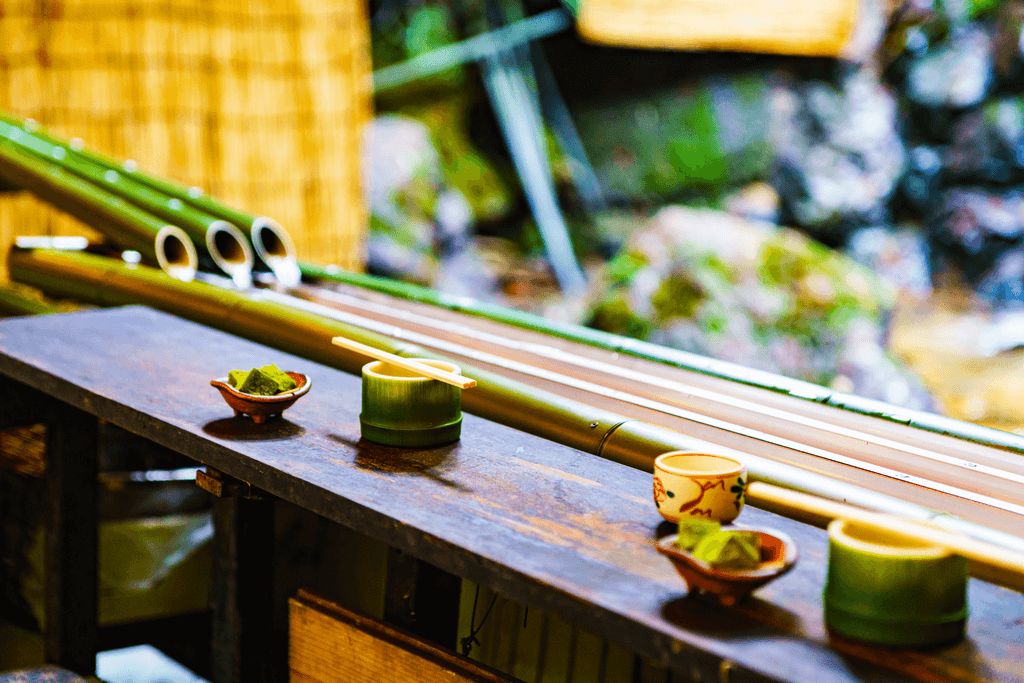
The somen is often accompanied by tsuyu or a savory dipping sauce that compliments the noodles. In Kyoto, there’s a special restaurant where customers can enjoy this experience while overlooking a flowing river.
Kyoto Cuisine: Classical, exquisite and varied
There’s no other way to describe Kyoto’s cuisine as anything but Japanese cuisine in its purest form. Kyoto is most famous for its renowned kaiseki–ryori. This multi-course meal uses natural, seasonal ingredients that come on beautiful plates. In addition, there is also obanzai-ryori, or Kyoto-style home cooking, that allows one to eat traditional Japanese foods in a more comfortable environment.
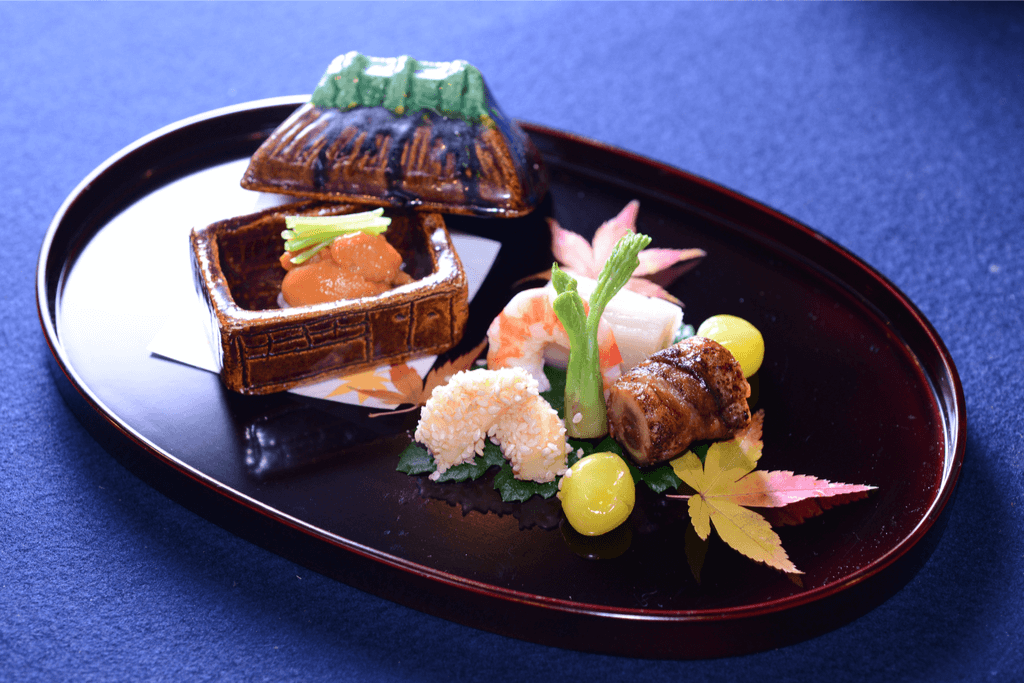
For those looking for an experience off the beaten path, there’s also shojin ryori, or vegetarian Buddhist cuisine, that follows the tenets of Buddhism when creating a meal. These examples are just scratching the surface, but rest assured, there’s nothing quite like the food in Kyoto.
Kyoto Sweets: Delightful, delicate and magnificent
Just like its cuisine, the desserts in Kyoto take the tradition of Japanese cuisine and create balanced sweets known as wagashi. Some more popular desserts include the crepe-like yatsuhashi to the skewered and sweet mitarashi dango. With these classics, Kyoto has more than enough appeal to satisfy everyone’s sweet tooth.
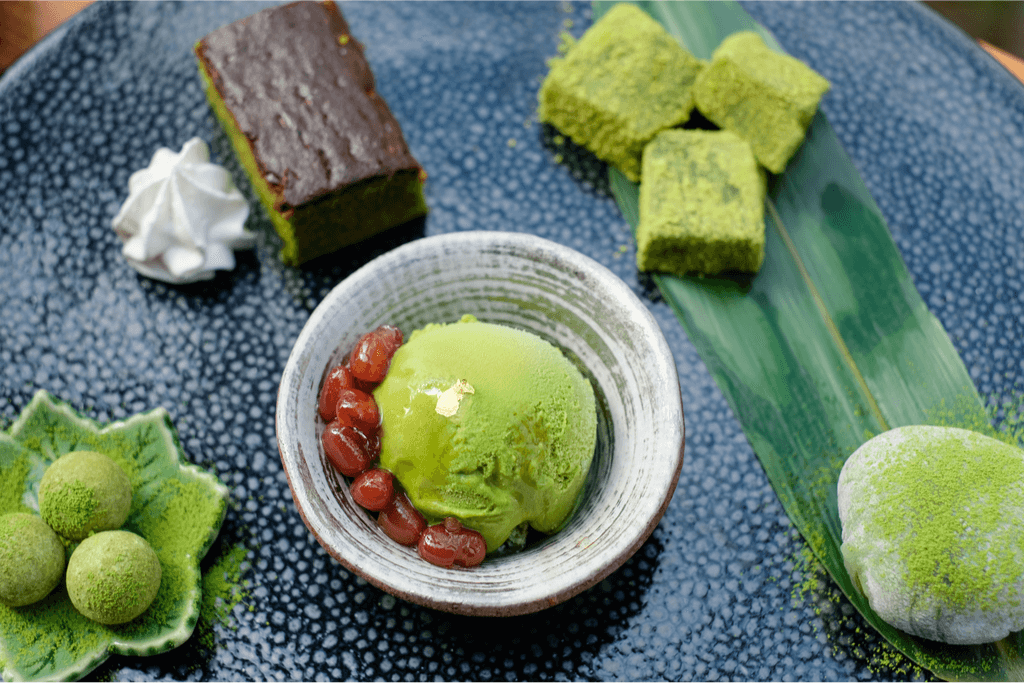
Not only does Kyoto have seasonal foods, but it also has seasonal desserts like mizu manju. This dessert uses kuzu starch to create a dewdrop effect that can draw anyone’s attention. Because of this, Kyoto’s desserts are famous for being very enticing.
Zen Buddhism: Tranquil, reflective, thoughtful
Sprawled across the Kyoto landscape are a number of Zen Buddhist Temples that are as beautiful as they are tranquil. Travelers can simply enter and enjoy the feeling of being in a temple as beautiful as they are peaceful.
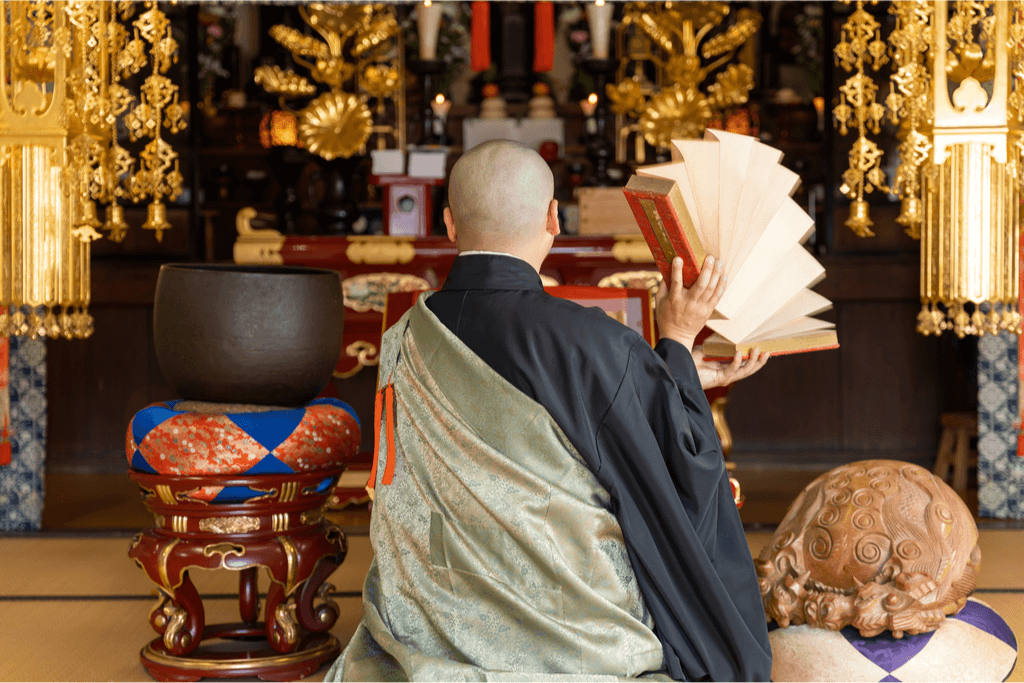
Each temple usually has its own garden, and many people marvel at the effort to create perfection. If you’re looking for peace and quiet, a temple is the perfect place. Have you ever been to Kyoto? What have you experienced? Let us know in the comments below!
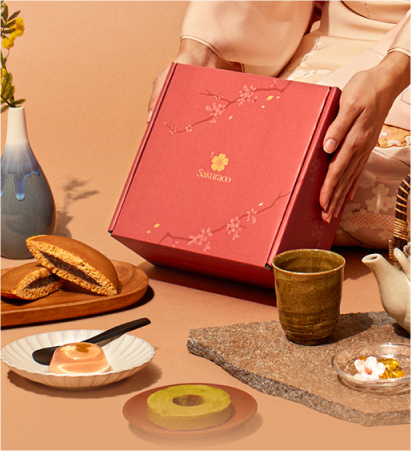
Discover authentic flavors with Sakuraco
Get Sakuraco 

Discover authentic flavors with Sakuraco
Get Sakuraco 
Related Articles
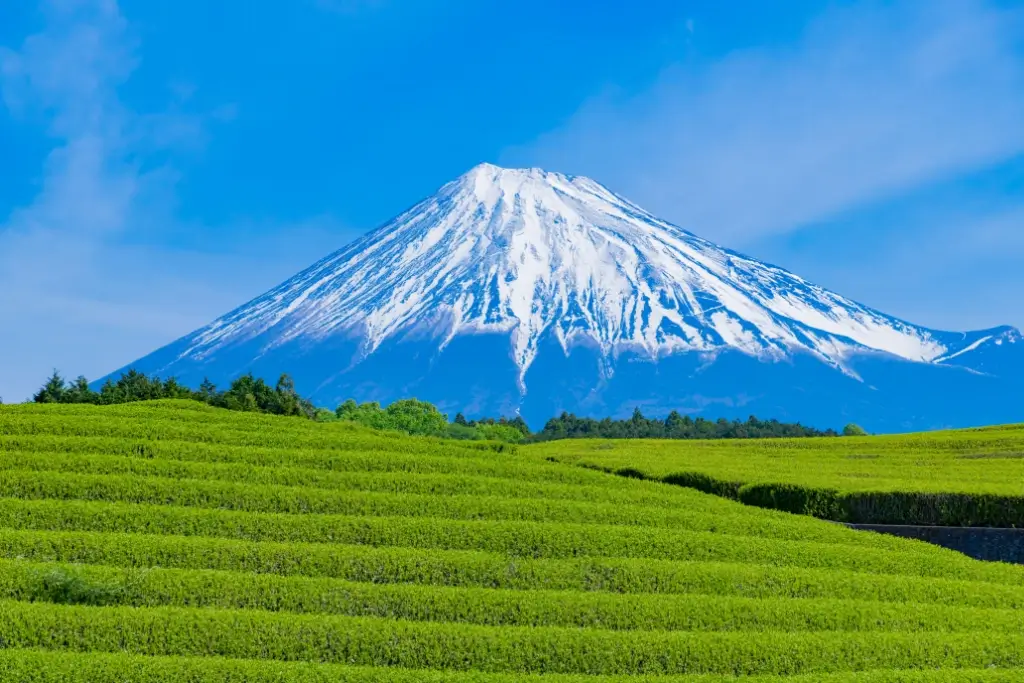
Mount Fuji Tour: Great Adventures Await You This Summer!
Mount Fuji is one of the most famous landmarks in Japan. People worldwide visit to see its beauty and enjoy exciting yearly outdoor activities!
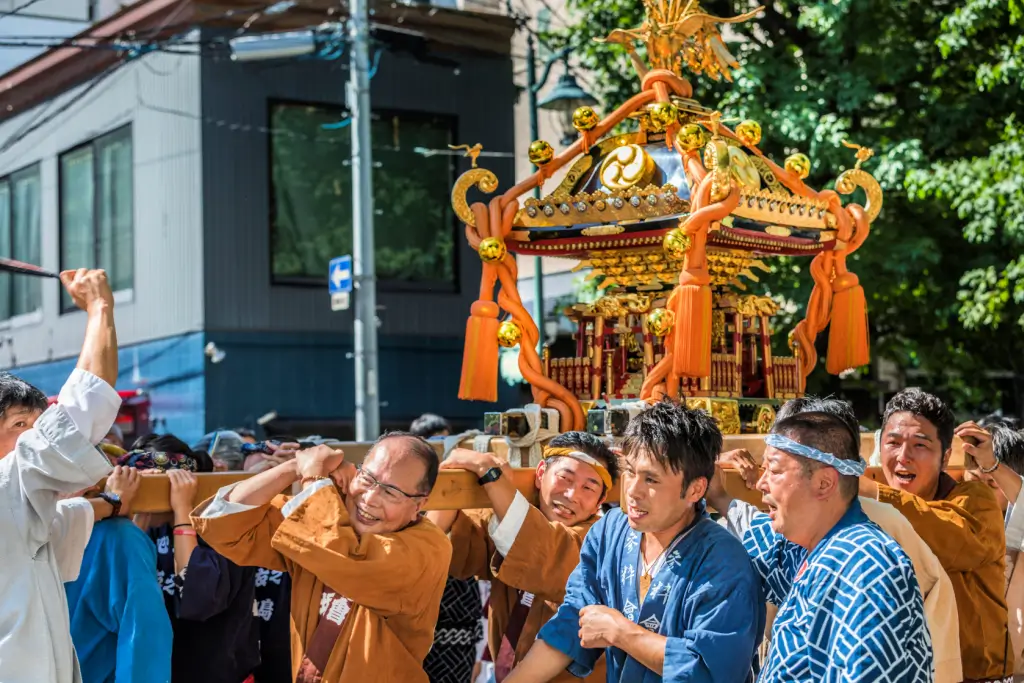
Mikoshi: Why Are These Portable Shrines So Important?
Japan’s summer festivals are known for their energy, color, and tradition. And at the heart of many lies the mikoshi.

Takachiho Gorge and More Natural Wonders from Kyushu
Kyushu is the southernmost main island in the Japanese archipelago. It is most well-known for its food, but is less famous for its natural beauty. The island contains many landscapes, including serene waters, soothing hot springs, and dramatic rock formations like Takachiho Gorge.
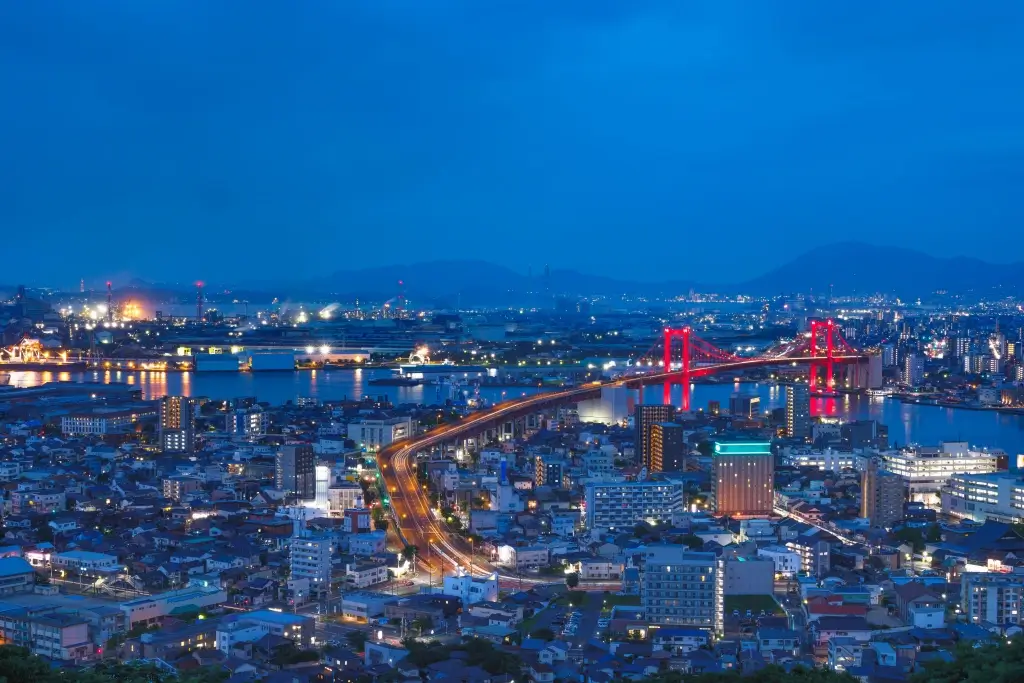
Kitakyushu to Kagoshima: An Amazing Kyushu City Tour!
Visiting these cities can help you understand more deeply how the past and present come together in everyday life. So let’s explore five of the most beloved cities on this fantastic island, starting from Kitakyushu!



